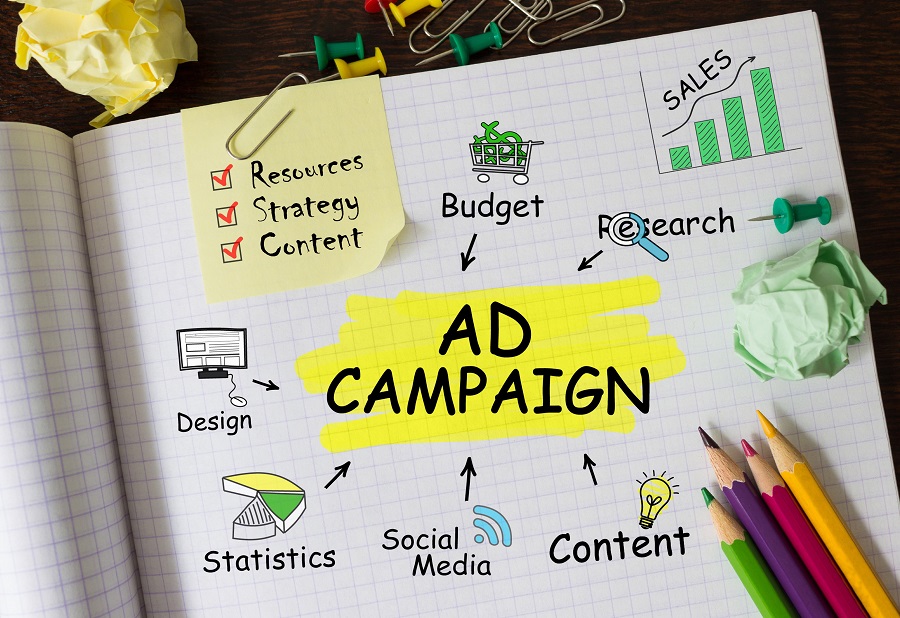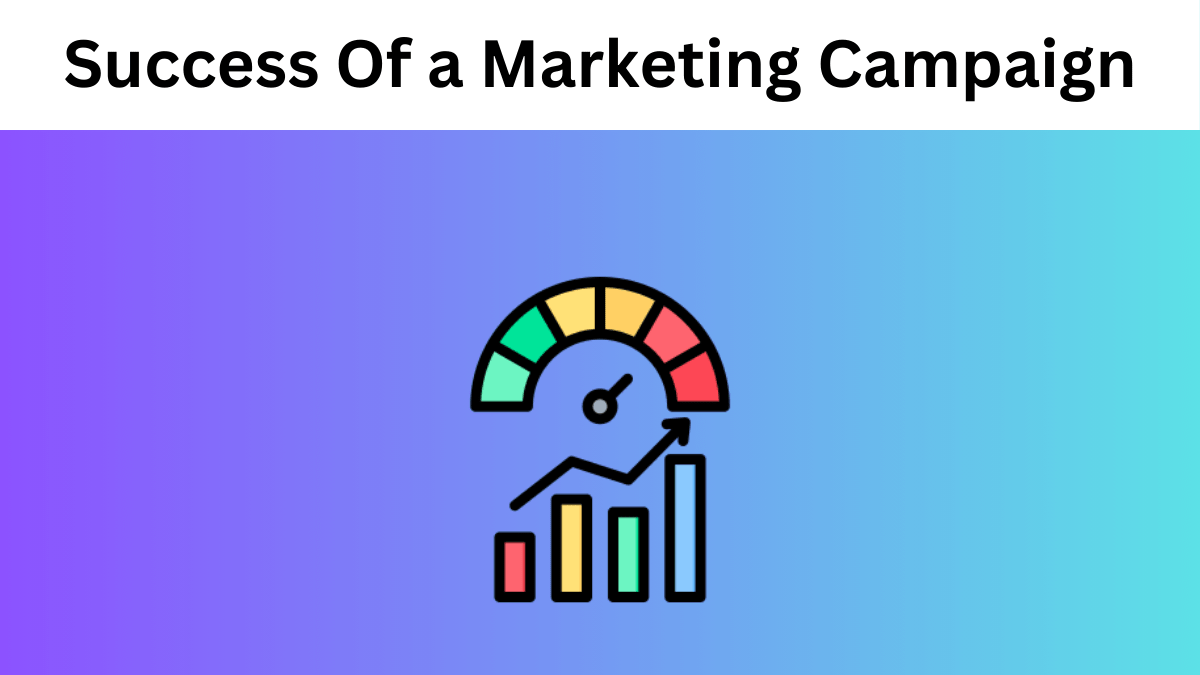How To Measure The Success Of a Marketing Campaign: A Guide To Campaign Analysis
So, you launched your marketing campaign, and ads are blasting everywhere, emails are flooding your inbox, and your social media is buzzing. But is it really working? Analyzing campaigns can be tricky, with a lot to juggle and overwhelming numbers.
Contents
But worry not! This article breaks it down for you. Read on for proven strategies that’ll help you cut through the data mess and focus on what matters for your business!
Define Clear Campaign Objectives
Before launching a campaign, it’s crucial to define your objectives. Think SMART goals (Specific, Measurable, Achievable, Relevant, and Time-bound). Instead of vague wishes like raising brand awareness, consider more specific goals like increasing website traffic by 20% in three months. Such a goal is easy to track.
Before launch day, get your team on the same page. Get everyone aligned on the “whats” and “whens” – what exactly do you want to achieve, and by when? Having clear objectives keeps everyone motivated and working towards the same finish line.
Your campaign goals are your roadmap. They’ll guide you in creating the right content, targeting the perfect audience, and measuring what really matters, whether through A/B testing or tracking Key Performance Indicators (KPIs) like website traffic, conversion rate, and return on ad spend.
Without a clear destination in mind, you’ll be rudderless – wasting time and resources on tactics that don’t ladder up to your overarching business objectives. Refer to your goals frequently to ensure all marketing efforts are furthering your desired outcomes.

Identify Key Performance Indicators
The difference between a successful marketing campaign and a failed one boils down to tracking the right metrics. Knowing what successful campaigns look like from the get-go is crucial. So, after nailing your goals, your next step should be pinpointing your KPIs for actual campaign measurement.
Is brand awareness your golden ticket? Social media engagement, reach, impressions, and follower growth are your new best friends. Are you trying to generate a flood of leads? Set your sights on lead generation volume, conversion rates, and cost-per-lead. Or is sales the name of the game? Total sales revenue, growth rates, and return on ad spend are the KPIs you can’t afford to miss.
Remember, the metrics you choose should be a direct reflection of your desired outcomes. Steer clear of marketing metrics that look impressive on paper but don’t translate to real impact. Focusing on a handful of meaningful marketing KPIs gives you clear visibility of your campaign’s marketing performance. This lets you adjust and optimizations along the way, ensuring your marketing campaign stays on track
Gather And Analyze Marketing Data
Unveiling your campaign’s true impact goes beyond skimming the surface. It involves diving deep into website traffic and engagement with Google Analytics and other analytics software to see how people interact with your message. Social media platforms are your window into how far your reach extends and how many new fans you’ve won over.
However, avoid getting hypnotized by vanity metrics. The real magic happens when you analyze customer interactions in your Customer Relationship Management (CRM). Are those high-quality leads turning into conversions at a faster rate? Are you keeping more customers happy long after the campaign ends? That’s where you discover the actual return on your marketing investment.
The secret is to use a toolbox overflowing with different analytic tools. This paints a complete picture of your campaign from every angle. With this intel in hand, you can fine-tune your targeting, craft more compelling messages, and optimize your budget for maximum impact.
Use Technology And Tools For Enhanced Insights
Gain an unfair advantage by leveraging cutting-edge tools and tech for successful marketing campaign insights. Savvy marketing leaders are already using automation platforms to track their customer’s moves, from email open rates to website visits. This gives them a complete picture of the buyer’s journey, revealing which touchpoints park the most punch.
But that’s just the tip of the iceberg. AI-powered analytics can predict what your target audience may do next. Imagine knowing about demand surges or customer churn before they happen! This lets you optimize your marketing strategies in real-time, ditching outdated data that holds you back.
Calculate Return On Investment
At the end of the day, your marketing campaigns need to deliver financial returns. Calculating Return On Investments (ROI) is crucial and simple; you only need to subtract your campaign’s costs from the net profit it generated, then divide that number by the total costs and multiply by 100.
For instance, if your email nurture program reels in USD$50,000 in stakes over three months but costs USD$15,000 to develop, your ROI will be (USD$50,000 – USD$15,000) / USD$15,000 x 100 = 233%. A positive ROI like that shows you’re earning back your marketing spend.
On the flip side, a negative ROI signals it’s time to rethink your approach. Maybe your video ad campaign only generated USD$25,000 in sales against a USD$30,000 budget. That -17% ROI means you need to optimize your video ad campaign. The bottom line is to track ROI diligently – it’s the ultimate proof your marketing pays off.
Conduct A/B Testing
Don’t play the guessing game with your marketing. A/B testing lets you pit different approaches against each other and see which one reigns supreme. Instead of agonizing over which email subject line or which website design will convert best, you can run them at the same time and let the data decide. You might be surprised – sometimes, a tiny tweak, like a button color change or a different value proposition, can pack a serious punch.
For example, try promoting your spring sale through two social ads – one featuring discounted prices, the other showcasing limited inventory. After a set run time, the data will reveal which messaging motivates more purchases. Take the winner and refine further through additional A/B tests.
A/B testing ditches gut feelings for cold, hard data on how real users interact with your campaigns. This lets you improve your strategy continuously, one tiny test at a time.
Evaluate Customer Feedback And Engagement
Numbers are great, but they only tell part of the story. To understand your campaign’s true impact, you need to hear directly from the people who matter most: your customers. Send out surveys to get their feedback on their experience and how satisfied they are. Social media comments and customer service logs are goldmines of candid opinions, so be sure to monitor them closely.
Customer engagement metrics like how long people watch your videos and how often they share your content give you a pulse on whether your message is connecting on a deeper level. If folks are spending quality time with your brand and spreading the word, that’s a sign you’re delivering real value.
The more ways you gather customer feedback, the better. By combining numbers with these real-life experiences, you get a complete picture of your campaign’s performance. It allows you to identify any hidden issues, pinpoint areas for improvement, and ultimately build stronger relationships with your audience.
Conclusion
Launching a campaign is just the first step. The real win comes from analyzing results to fuel future success. With these strategies, you to set clear marketing goals and KPIs and leverage analytics tools for a complete performance picture. A/B testing helps you optimize your approach, while surveys and social media listening ensure you hear your audience’s voice. By combining data with customer insights, you can continuously refine your campaigns and achieve lasting marketing magic. Unleash this power and watch your campaigns take flight!
